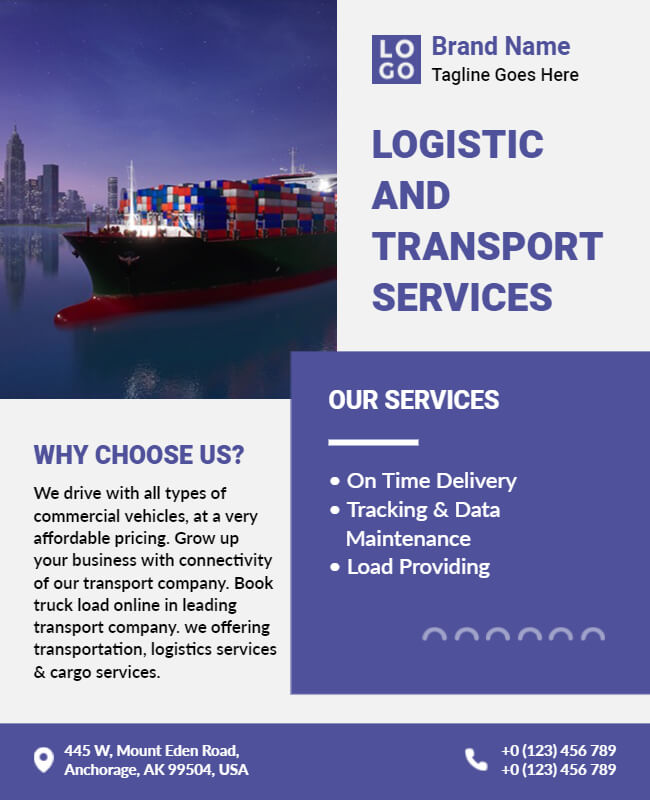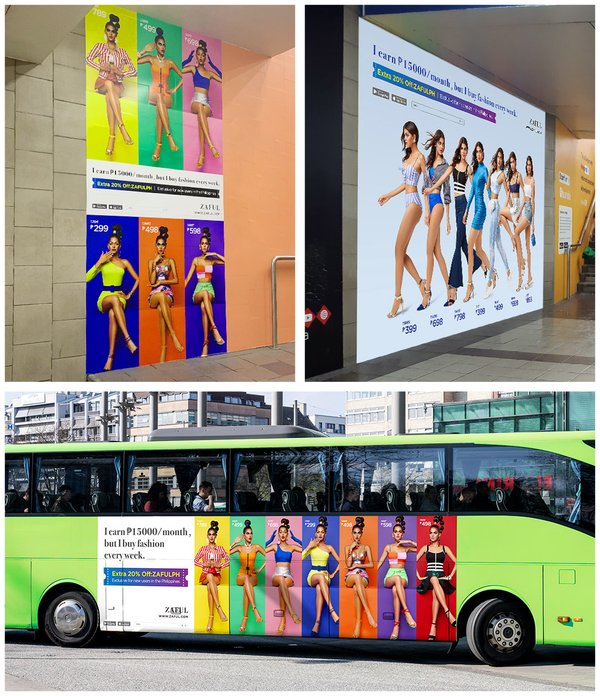Transit Advertising Philippines: Get To Countless Commuters Daily
Transit Advertising Philippines: Get To Countless Commuters Daily
Blog Article
Just How Transit Advertising Can Change Public Transport Spaces Into Dynamic Advertising Operatings Systems
Transportation marketing holds significant potential to redefine public transportation areas into dynamic advertising and marketing platforms that notify and engage. As we discover the diverse benefits and evolving methods of transit advertising and marketing, it increases the question of exactly how this transformation might redefine our communications with both brands and the urban atmosphere.
Advantages of Transit Advertising

Furthermore, transit advertising and marketing is extremely affordable contrasted to conventional media. It allows advertisers to attain high impressions at lower expenses, making the most of roi. The restricted target market of travelers provides a possibility for brand names to communicate their messages to individuals who are frequently responsive throughout their traveling times.
Moreover, the vibrant nature of transit advertising allows campaigns to be upgraded frequently, making sure that messaging stays appropriate and timely. This versatility can be essential in replying to market patterns or advertising events, keeping the brand top-of-mind for consumers. Last but not least, the prevalent visibility of transportation advertising and marketing adds to brand recall; duplicated direct exposure within familiar traveling contexts reinforces brand recognition and fosters customer loyalty, ultimately boosting and driving sales brand name credibility.
Kinds Of Transit Advertising
Public transportation systems give numerous layouts for advertising, each accommodating different marketing strategies and audience involvement techniques. One noticeable type is external bus and train covers, which cover the whole vehicle and develop a mobile signboard result, enabling for high visibility in metropolitan environments. These covers can record attention as they go across hectic streets, getting to a diverse target market.
One more prominent layout is indoor marketing, which includes posters, electronic screens, and ads on transportation seats. These placements engage guests throughout their trip, reinforcing brand messaging in a confined room. Digital displays, particularly, supply the advantage of vibrant content, enabling advertisers to upgrade messages in real-time.
Station advertising is likewise considerable, featuring posters, banners, and interactive stands within transit terminals. These ads leverage foot traffic and can target certain demographics based on location.
Finally, promotional partnerships with transit authorities can cause one-of-a-kind projects, such as themed transportation experiences or events, enhancing the overall interaction with commuters. Each kind of transportation marketing supplies distinct benefits, allowing brands to customize their technique to properly reach their target market within the general public transport ecological community.
Engaging Commuters Efficiently
Commuters are significantly swamped with advertising and marketing messages during their day-to-day travels, making it essential for brands to engage them in cutting-edge methods. To catch attention in this crowded area, advertisers have to prioritize creative thinking and relevance. Utilizing eye-catching visuals and concise messaging can substantially enhance the probability of dig this interaction.
Interactive components, such as QR codes or augmented reality features, can also transform static ads right into immersive experiences, fostering a much deeper link with the target market. Brand names need to concentrate on attending to commuters' rate of interests and needs, customizing messages to resonate with their way of life, whether through promos for regional companies or services created to improve their travelling experience.
Additionally, timing plays a critical function; tactically placing ads throughout top commuting hours can maximize exposure and impact. Involving travelers effectively also entails leveraging social networks assimilation, permitting guests to share their promotions or experiences straight from transportation platforms, thus enhancing brand reach.
Basically, reliable engagement depends upon comprehending the commuter trip and developing compelling, interactive, and pertinent advertising experiences that not only record interest yet additionally drive action and commitment. By doing so, brand names can change public transport into a vibrant advertising system that resonates with its audience.

Measuring Advertising Effect
Exactly how can brand names precisely assess the performance of their marketing campaign en route environments? Measuring the influence of transportation advertising and marketing requires a multifaceted strategy that incorporates qualitative and quantitative metrics. One widespread method is tracking engagement via mobile analytics, where brand names helpful resources can analyze foot website traffic patterns and app interactions before, during, and after campaigns.
Studies can provide useful insights into brand name recall and customer sentiment, enabling brand names to evaluate how well their messages reverberate with commuters. Furthermore, monitoring social networks involvement pertaining to specific campaigns can disclose changes in public perception and brand name conversation.

Furthermore, teaming up with transit firms can boost measurement precision, as they often have detailed market information on ridership fads. By integrating these methods, brands can establish a thorough understanding of their advertising efficiency, ensuring that their projects not just get to but also influence their target audiences efficiently.
Future Fads in Transportation Marketing
A substantial change is anticipated in transit advertising as technological developments and transforming consumer habits reshape the landscape. Transit Advertising Philippines. The combination of digital screens and interactive media is anticipated to improve involvement, permitting brands to provide vibrant web content that reverberates with varied target see this page markets. As public transport systems welcome clever technology, marketers will utilize real-time information analytics to tailor messages based upon guest demographics and behaviors
Furthermore, augmented fact (AR) is positioned to change the method travelers engage with advertisements. By giving immersive experiences, AR can transform a mundane journey into an interesting narrative that captures interest and fosters brand loyalty. This advancement will likely encourage advertisers to develop even more experiential campaigns that drive consumer interaction.
Sustainability is one more important fad affecting transit advertising. As environmental awareness grows, brands will increasingly seek to line up with eco-friendly methods, utilizing sustainable products and promoting environment-friendly efforts within their campaigns.
Conclusion
In final thought, transit advertising provides significant advantages by improving brand name exposure and involving a restricted audience. As fads evolve, the possibility for ingenious communications between travelers and brand names is positioned to expand, ensuring that transportation advertising and marketing remains an essential element of modern-day marketing approaches.
Transit advertising holds substantial capacity to redefine public transport rooms right into lively advertising systems that involve and educate. The pervasive presence of transportation marketing adds to brand recall; duplicated exposure within acquainted traveling contexts enhances brand name awareness and cultivates customer loyalty, eventually driving sales and boosting brand reputation.
Exactly how can brands precisely assess the efficiency of their advertising campaigns in transportation atmospheres?In conclusion, transportation advertising uses significant benefits by improving brand exposure and engaging a restricted audience. Transit Advertising Philippines. As patterns evolve, the capacity for cutting-edge interactions between brand names and travelers is positioned to expand, ensuring that transit advertising and marketing continues to be an important element of contemporary advertising and marketing methods
Report this page